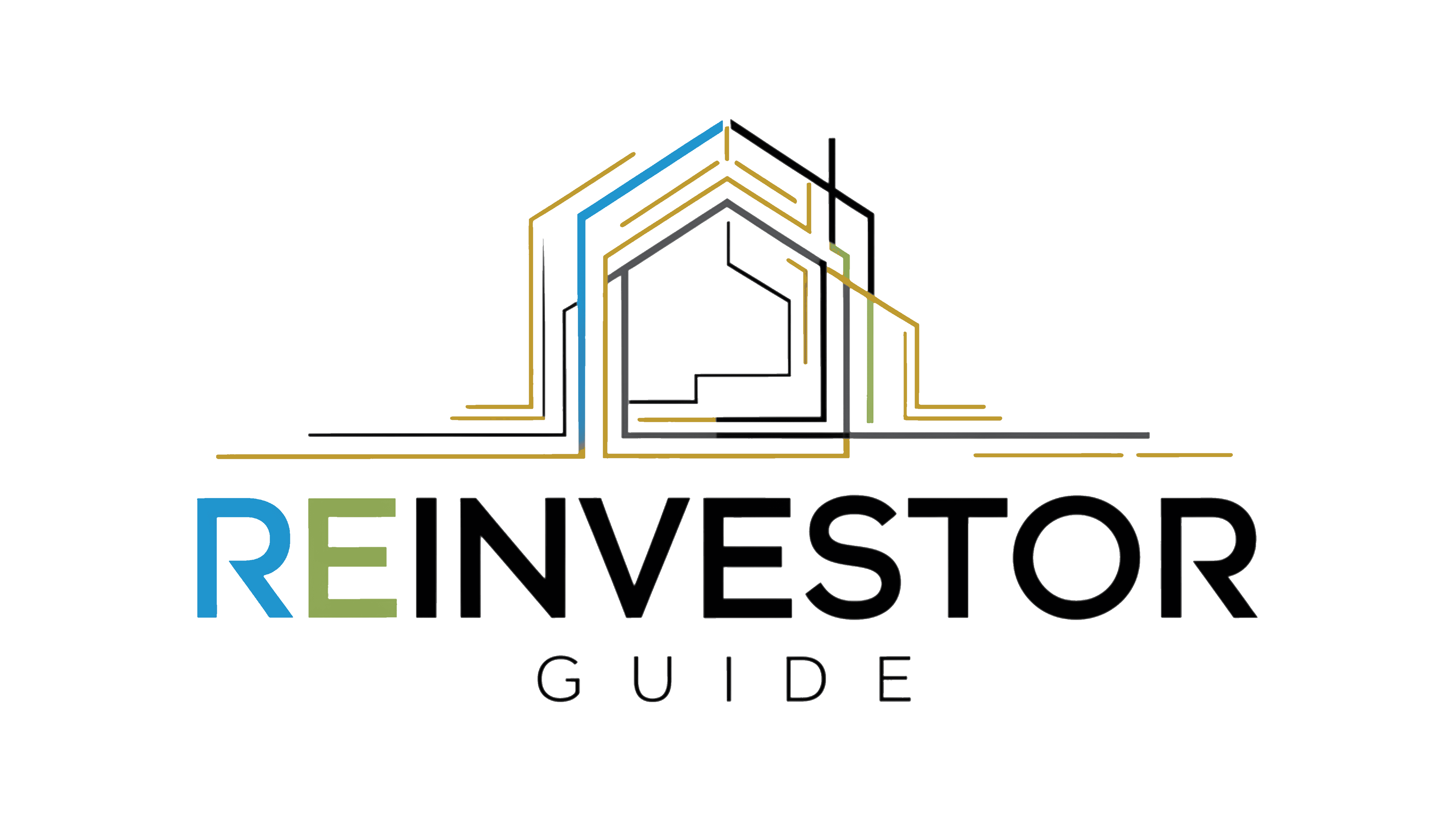In the world of real estate, time is money.
Especially when it comes to flipped properties.
The faster you can sell a renovated home, the quicker you can move on to your next project. But achieving fast property sales isn’t always straightforward.
It requires a deep understanding of the market, a well-crafted marketing strategy, and the ability to navigate the complexities of property transactions.
In this guide, we’ll delve into the art of selling flipped properties swiftly and efficiently. We’ll explore strategies for pricing, staging, marketing, and closing deals that can help both first-time home buyers and seasoned property investors succeed in the fast-paced world of property flipping.

Understanding the Flipped Property Market
The first step to fast property sales is understanding the market.
This involves keeping a pulse on current real estate trends, knowing who your target buyers are, and understanding what they’re looking for in a home.
It’s also crucial to be aware of the competition. Knowing what other flipped properties are on the market, their pricing, and how they’re marketed can provide valuable insights.
Here are some key points to consider:
- Current real estate market trends
- Identifying your target buyer
Current Real Estate Market Trends
Staying updated on real estate market trends is crucial.
These trends can influence buyer behavior and affect the demand for flipped properties. For instance, a trend towards remote work may increase the demand for homes with dedicated office spaces.
Understanding these trends can help you tailor your marketing strategy and make your property more appealing to potential buyers.
Identifying Your Target Buyer
Knowing who your target buyer is can significantly influence your marketing strategy.
Are you targeting first-time home buyers, young families, or property investors? Each group has different needs and preferences when it comes to homes.
Understanding your target buyer can help you highlight the features of your flipped property that are most likely to attract them.
Pricing Your Flipped Property Right
Pricing your flipped property right is a delicate balance.
You want to set a price that reflects the value of the property and the work you’ve put into it. But you also need to consider what buyers are willing to pay.
Here are some key points to consider:
- Comparative market analysis
- Understanding property valuation
Comparative Market Analysis
A comparative market analysis (CMA) can be a valuable tool in pricing your flipped property.
This involves comparing your property to similar properties that have recently sold in your area.
By analyzing these comparables, you can get a sense of what buyers are willing to pay for a property like yours.
Understanding Property Valuation
Understanding property valuation is crucial in pricing your flipped property.
This involves assessing the value of your property based on factors like its location, size, condition, and the quality of your renovations.
A professional appraisal can provide an accurate valuation, but it’s also important to do your own research and understand how these factors influence property value.
Staging and Presentation: The Visual Sell
Staging and presentation play a crucial role in selling flipped properties fast.
A well-staged home can help potential buyers visualize themselves living in the space. It can also highlight the property’s best features and downplay any flaws.
Here are some key points to consider:
- The role of staging
- Professional photography
“
The Role of Staging
Staging involves arranging furniture and decor in a way that showcases the property’s potential.
A well-staged home can make a property more appealing to buyers, helping them envision how they could use the space.
It’s also a chance to highlight the quality of your renovations and the unique features of the property.
Professional Photography
Professional photography is another key aspect of presenting your flipped property.
High-quality photos can make your property stand out in online listings and attract more potential buyers.
They can also showcase the property’s best features and give buyers a sense of what it’s like to live there.
Effective Real Estate Marketing Strategies
Effective marketing is key to fast property sales.
It’s about more than just listing your property on real estate websites.
You need a comprehensive marketing strategy that includes both digital and traditional techniques.
Here are some key points to consider:
- Digital marketing and social media
- Traditional marketing techniques
Digital Marketing and Social Media
In today’s digital age, online marketing is crucial.
Social media platforms like Facebook, Instagram, and LinkedIn can be powerful tools for reaching potential buyers.
You can also use email marketing campaigns to keep interested buyers updated on your property.
Traditional Marketing Techniques
While digital marketing is important, don’t overlook traditional marketing techniques.
These can include things like print advertising, direct mail campaigns, and signage.
Networking with other real estate professionals can also be a valuable way to spread the word about your property.
Leveraging Technology: Virtual Tours and Online Listings
In the digital age, technology plays a crucial role in real estate marketing.
Virtual tours and online listings can significantly enhance property visibility.
They provide potential buyers with a convenient way to explore properties from the comfort of their homes.
Key points to consider include:
- Virtual tours and digital walkthroughs
- Search engine optimization for listings

Virtual Tours and Digital Walkthroughs
Virtual tours offer a 360-degree view of your property.
They allow potential buyers to get a feel for the layout and features of the home.
Digital walkthroughs, on the other hand, provide a more detailed view of each room.
Search Engine Optimization for Listings
Search engine optimization (SEO) is crucial for online listings.
It helps your property appear in search results when potential buyers are looking for properties online.
Using the right keywords and descriptions can significantly improve your listing’s visibility.
Hosting Open Houses and Private Showings
Open houses and private showings are effective ways to showcase your flipped property.
They provide potential buyers with a firsthand experience of the property.
Key points to consider include:
- Creating a sense of urgency
- Offering flexible viewing times
Creating a Sense of Urgency
Creating a sense of urgency can motivate potential buyers to act quickly.
This can be achieved by highlighting the high demand for the property.
Also, emphasizing the unique features of the property can make it more appealing.
Flexible Viewing Times
Offering flexible viewing times can accommodate a wider range of potential buyers.
This includes working professionals who may only be available during evenings or weekends.
Remember, the more people see your property, the higher the chances of a fast sale.
Closing the Deal: Offers and Negotiations
Closing the deal is the final step in the property flipping process.
It involves handling offers and negotiations effectively.
Key points to consider include:
- Handling multiple offers
- Legal paperwork and transparency
Handling Multiple Offers
Handling multiple offers can be a complex process.
It’s important to evaluate each offer carefully, considering factors such as the buyer’s financing and the proposed closing date.
Remember, the highest offer isn’t always the best one.
Legal Paperwork and Transparency
Transparency is crucial when selling a flipped property.
This includes being honest about the renovations done and any potential issues with the property.
Also, ensure all legal paperwork is in order to avoid delays or complications during the sale.
Common Mistakes to Avoid in Flipped Property Sales
Selling flipped properties fast requires avoiding common pitfalls.
These mistakes can slow down the sales process or reduce your return on investment.
Key mistakes to avoid include:
- Overpricing and undermarketing
- Ignoring local market conditions
Overpricing and Undermarketing
Overpricing your flipped property can deter potential buyers.
It’s crucial to price your property competitively based on market research and property valuation.
Similarly, undermarketing your property can limit its visibility to potential buyers, slowing down the sales process.
Ignoring Local Market Conditions
Local market conditions significantly impact property sales.
Ignoring these conditions can lead to mispricing or ineffective marketing strategies.
Stay updated on local real estate trends and adjust your marketing and pricing strategies accordingly.
Conclusion: The Art of Fast-Flipped Property Sales
Selling flipped properties fast is both an art and a science.
It requires a deep understanding of the real estate market, effective marketing strategies, and the ability to adapt to changing conditions.
By avoiding common mistakes and implementing the strategies discussed in this guide, you can navigate the complexities of the flipped property market and achieve fast property sales.
Our advise is based on experience in the mortgage industry and we are dedicated to helping you achieve your goal of owning a home. We may receive compensation from partner banks when you view mortgage rates listed on our website.



